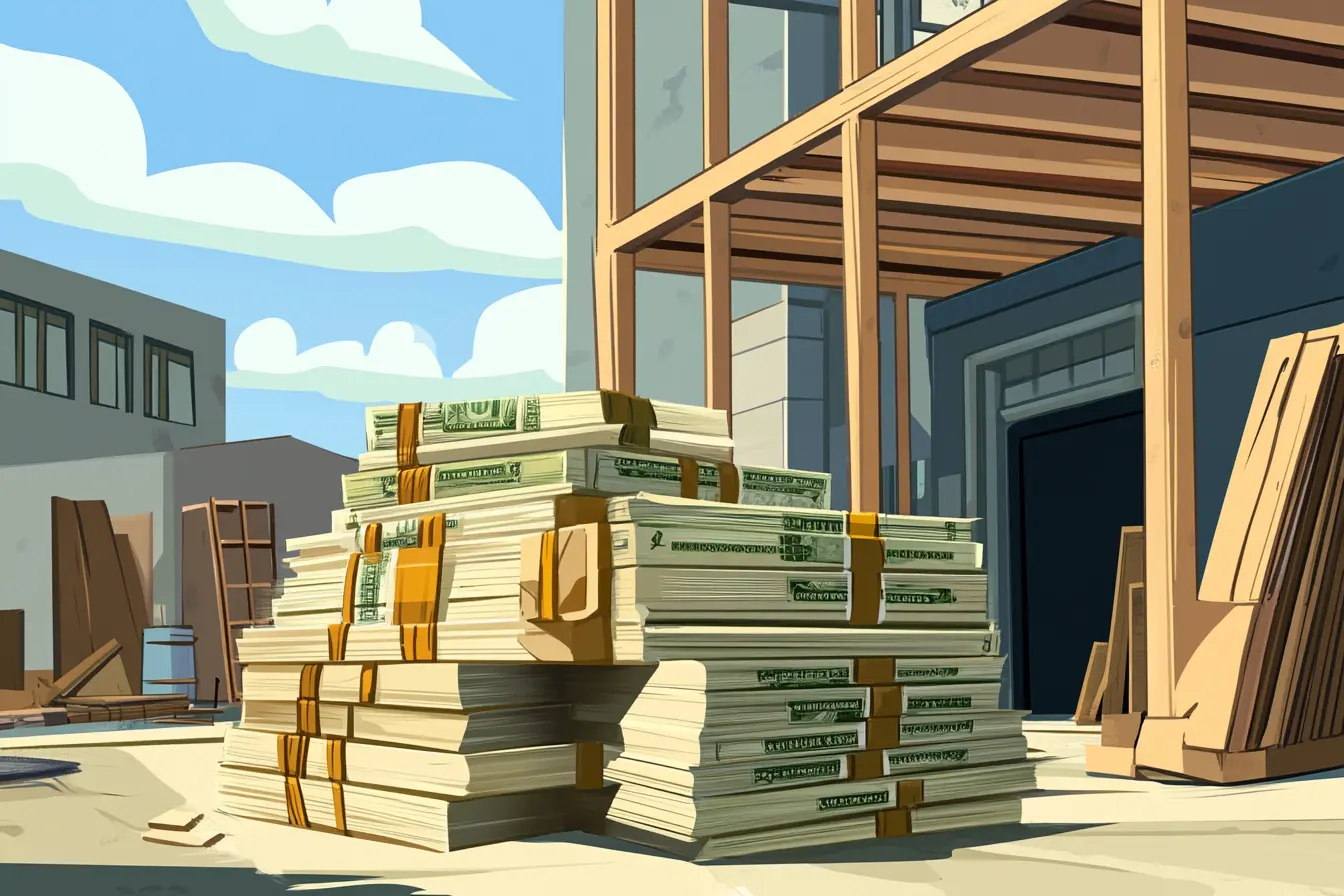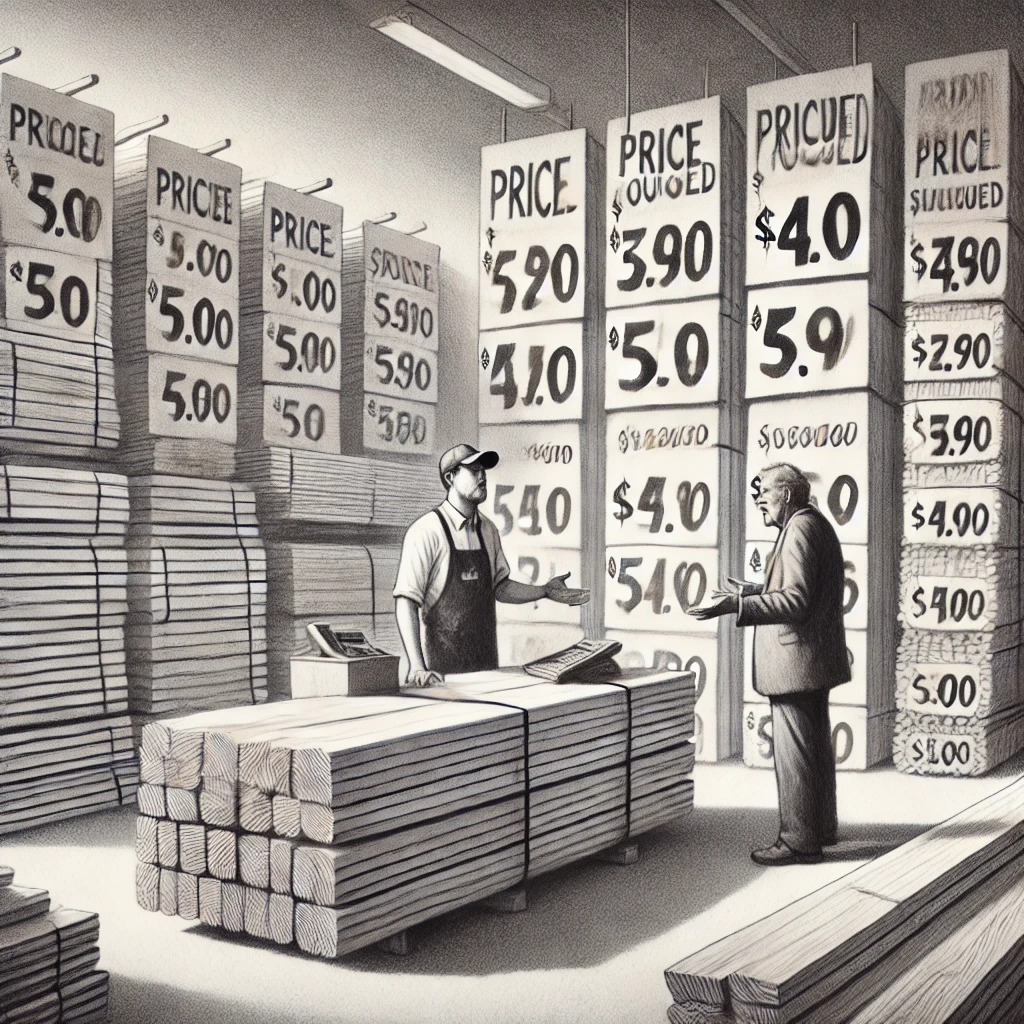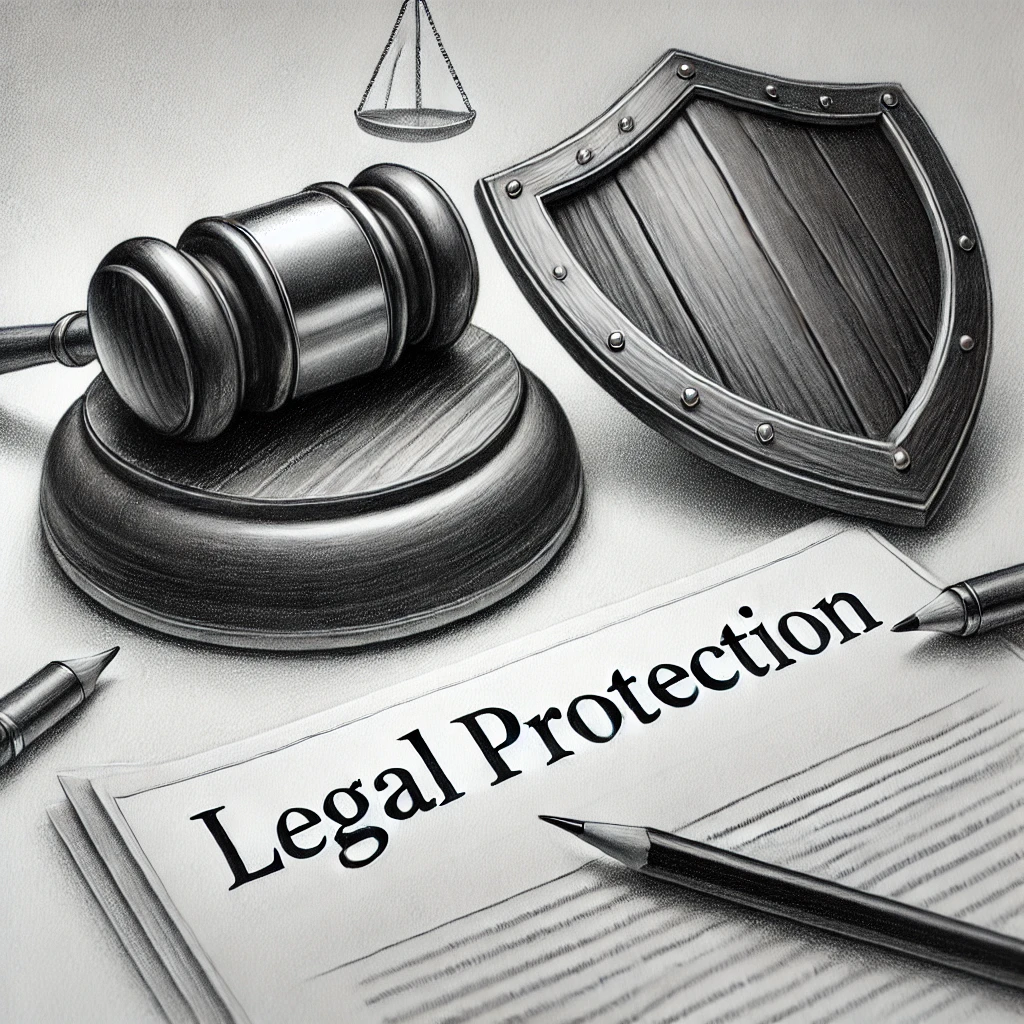Price Gouging in Demand Surge Areas: How Disasters Drive Up Costs and What Homeowners Can Do

When a natural disaster strikes, communities face the immediate challenges of rebuilding homes, restoring utilities, and securing temporary housing. However, one of the most frustrating and financially damaging consequences of these events is price gouging—the practice of dramatically increasing the cost of essential goods and services due to high demand and limited supply.
Price gouging frequently occurs during demand surge, when the overwhelming need for housing, labor, materials, and basic necessities far exceeds availability. This Rallyback article examines how price gouging impacts homeowners and renters in disaster-stricken areas, the legal protections available, and strategies for avoiding inflated costs.
What is Price Gouging?
Price gouging is the act of artificially raising prices on goods and services beyond reasonable levels due to an emergency or disaster. It is most commonly seen in:
Temporary housing & rent prices
Building materials (lumber, Drywall, roofing, etc.)
Contractor & labor costs
Essential supplies (water, food, fuel, generators, etc.)
During demand surge, businesses and individuals may take advantage of desperate homeowners and displaced residents by charging exorbitant prices for basic needs.

How Price Gouging Affects Homeowners and Renters
1. Skyrocketing Temporary Housing Costs
Displaced families looking for temporary shelter often encounter massive rent hikes:
Short-term rental platforms like Airbnb & VRBO see a surge in pricing, as homeowners list properties at inflated rates.
Hotels stop honoring pre-booked rates and instead charge "disaster rates" to capitalize on demand.
Long-term rental prices double or triple, forcing many residents to seek housing far from their community.
Example: After the 2018 Camp Fire in Paradise, CA, nearby city Chico saw rental prices increase by 50-100% within weeks.
2. Inflated Construction & Repair Costs
Contractors and material suppliers often raise prices due to demand, but some take it to unethical extremes:
Lumber, drywall, and roofing materials become 2-3x more expensive than pre-disaster levels.
Some contractors prioritize high-paying customers over those with insurance-covered repairs.
Unlicensed or fraudulent contractors take advantage of desperate homeowners by demanding large deposits and disappearing.
Example: After Hurricane Katrina (2005), reports surfaced of contractors charging double or triple for basic repairs, forcing many homeowners into financial hardship.
3. High Prices for Essential Goods
Following disasters, basic necessities like bottled water, fuel, and generators can see extreme price spikes:
Gas stations may raise fuel prices 50-100%, especially if transportation routes are disrupted.
Home improvement stores may limit supply and increase costs for in-demand items like generators and tarps.
Grocery stores may see sharp price increases due to supply chain disruptions.
Example: After Hurricane Harvey (2017), some Texas gas stations were caught charging over $10 per gallon for fuel.

Legal Protections Against Price Gouging
Many states have anti-price gouging laws that prohibit businesses from raising prices beyond a certain percentage after a disaster declaration. These laws vary but generally include:
1. State-Specific Price Gouging Laws
California: Limits rent and essential goods price increases to no more than 10% during a declared emergency.
Texas: Prohibits excessive price hikes for fuel, food, and housing during disasters.
Florida: Enforces strict price-gouging laws and actively investigates violations.
2. Federal Oversight & Consumer Protections
Federal Trade Commission (FTC) monitors and investigates price-gouging complaints.
FEMA works with state governments to identify cases of extreme price hikes during disaster relief efforts.
3. How to Report Price Gouging
If you suspect price gouging, you can report it to:
State Attorney General’s Office: Each state has a department for investigating price gouging complaints (find yours here).
Consumer Financial Protection Bureau (CFPB): consumerfinance.gov
Better Business Bureau (BBB): bbb.org
How Homeowners Can Protect Themselves from Price Gouging
1. Research and Compare Prices
Get multiple quotes before committing to any repairs or purchases.
Use local government resources to find price-controlled goods and services.
2. Secure Temporary Housing Early
Book hotels and rentals immediately to lock in lower rates before price spikes.
Check insurance policies for Additional Living Expenses (ALE) coverage, which may cover temporary housing.
3. Verify Contractors & Vendors
Only hire licensed and insured professionals—check with state licensing boards.
Beware of door-to-door contractors offering “too-good-to-be-true” deals.
Avoid large upfront deposits—legitimate contractors typically ask for 10-30% upfront.
4. Keep Documentation for Price Gouging Claims
Save receipts, quotes, and price lists for potential legal action or reimbursement.
Take screenshots of online listings showing pre-disaster prices for rentals and goods.
5. Advocate for Stronger Protections
Support state-level disaster response policies that include price stabilization measures.
Work with local officials to enforce price-gouging laws before and after disasters.
Case Studies: Price Gouging During Past Disasters
1. Hurricane Katrina (2005)
Gasoline prices doubled in some areas overnight.
Hotel rates increased by 300%, leaving evacuees without affordable lodging.
2. California Wildfires (2018-2019)
Some rental prices tripled overnight in areas surrounding the affected regions.
Contractors demanded large upfront payments and abandoned jobs before completion.
3. Texas Winter Storm (2021)
Residents were billed thousands of dollars for electricity, as demand surged beyond supply.
Bottled water, normally priced at $5 per case, was reported selling for $40 or more.
How Government and Communities Can Combat Price Gouging
1. Strengthening Disaster Price Controls
Enforcing temporary rent freezes and utility price caps after a disaster.
Requiring businesses to disclose pre- and post-disaster pricing for essential goods.
2. Expanding Emergency Housing & Rental Assistance
Providing state-subsidized housing vouchers for displaced residents.
Creating temporary emergency housing units in affected areas.
3. Supporting Local Supply Chains
Stockpiling building materials and emergency goods in disaster-prone regions.
Encouraging local businesses to participate in fair pricing initiatives.
Wrap-Up
Demand surge will always occur after a disaster, but price gouging is preventable through legal action, consumer awareness, and proactive planning. Homeowners must be vigilant in securing fair prices for housing, repairs, and essentials, while governments should enforce strong price gouging protections to prevent disaster profiteering.
Key Takeaways
✔ Research prices & get multiple quotes before committing to housing or repairs.
✔ Report price gouging to state attorneys general and consumer protection agencies.
✔ Secure temporary housing early to avoid inflated costs.
✔ Only work with licensed contractors to prevent fraud and overcharging.
✔ Support stronger disaster price protections at the state and federal levels.
By staying informed and prepared, homeowners and renters can protect themselves from financial exploitation and recover more quickly after a disaster.
Resources for Homeowners & Renters
FEMA Price Gouging Complaints: FEMA.gov
State Attorney General Price Gouging Reporting: usa.gov/state-attorney-general
Consumer Financial Protection Bureau (CFPB) Disaster Recovery Guide: consumerfinance.gov
National Low Income Housing Coalition (NLIHC) Emergency Housing Resources: nlihc.org